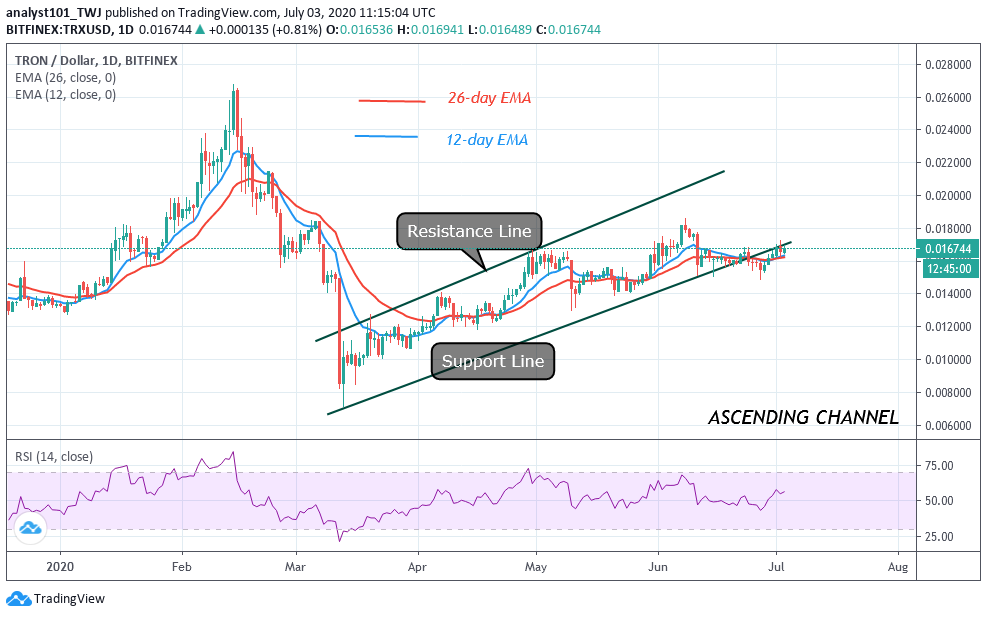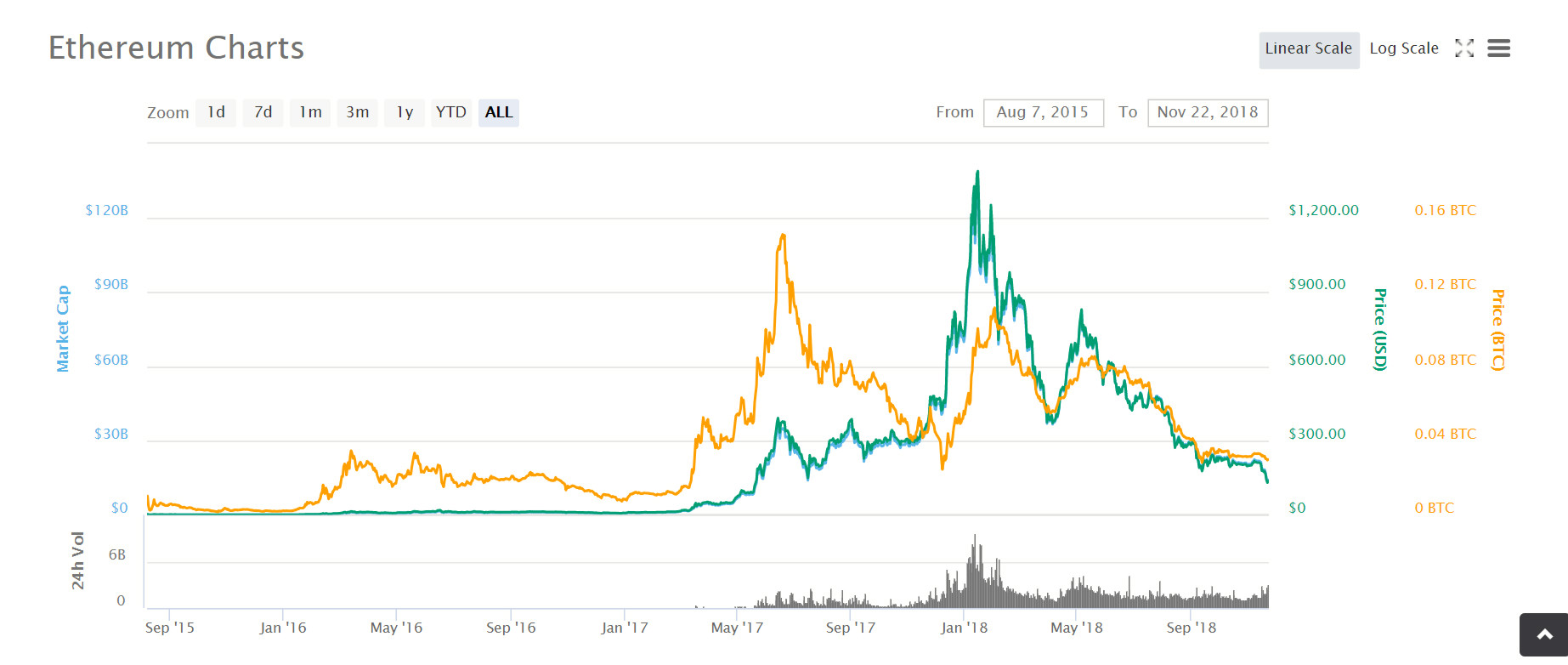

Here are some of the most common and powerful bearish reversal patterns: Shooting Star Candle PatternĪ shooting star candle pattern is essentially a candle with a long upper wick, and short candle body with little to no lower wick. These patterns instead appear at the peak of moves before reversing back down. This shows a strong move down by sellers, followed by a pause of indecision before the direction ultimately reverses.įor each bullish reversal pattern there is a bearish counterpart. A doji is a candle with little to no body and very limited wicks or shadows. Notice in the example below, the bullish engulfing was a signal of the powerful upward trend to come.Ī morning star candle occurs when a doji appears at the bottom of a move, and is followed by an equally strong move upward. This shows that selling was exhausted and buyers stepped in with even more strength, causing a trend reversal. Follow through is required for the pattern to be valid.Ī bullish engulfing candle is a reversal pattern in which the entire green candle body fully engulfs the candle body of the previous candle. This pattern shows a strong push down by bears that was met with and eventually overwhelmed buying strength. Green hammers are stronger signals than red hammers, but as the example of Bitcoin’s bottom in 2015 shows, can still be strong in their own right.
#Crypto bar price chart full#
The long lower wick resembles a handle, while the full candle body represents the head of the hammer.

Hammer Candle PatternĪ “bullish hammer” is a reversal pattern that often takes place at the bottom of a downtrend. Here are some of the most common and powerful bullish reversal signals. However, when certain candles are combined in a specific sequence, it can be an accurate signal about the upcoming price action. Japanese candlesticks can provide a lot of information in one single candle. The size, shape, length, and color of these candlesticks and the patterns they form can provide analysts, investors, and traders with clues about future price action, and can take positions or make adjustments based on probabilities. If price action during the candle goes beyond the open or close, a shadow or candle “wick” is left behind. For example, there is more to tell from each candle’s open, high, low, and close. Japanese candlesticks are usually preferred by analysts because of the additional information they can provide. The Japanese candlestick chart (pictured on the right) is the second most common chart type next to a line chart. All of the above elements are represented in the Bitcoin chart example below.ĭepending on the chart, technical indicators such as volume or moving averages will appear below the cryptocurrency exchange price action and follow along with each trading session open and close. Dates and price increments are viable at the bottom and side. Charts also typically display each timeframe’s spot price open, high, low, and close. The price action itself is represented as a line, graph, area, bar charts, Japanese candlesticks, and more.Ĭrypto charts denote the trading pair, timeframe being looked at, and the trading platform in question. What Is A Crypto Chart?Ī crypto chart is a snapshot of the historic and current price action taking place across a specific timeframe, ranging from seconds to minutes, days to weeks, and even months, years and more.
#Crypto bar price chart how to#
By the time you’re done reading the guide, you’ll know exactly how to read a crypto chart or how to read a Bitcoin chart in detail. This guide will explain all of the various elements of a crypto price chart, along with an in-depth introduction to technical analysis.


 0 kommentar(er)
0 kommentar(er)
